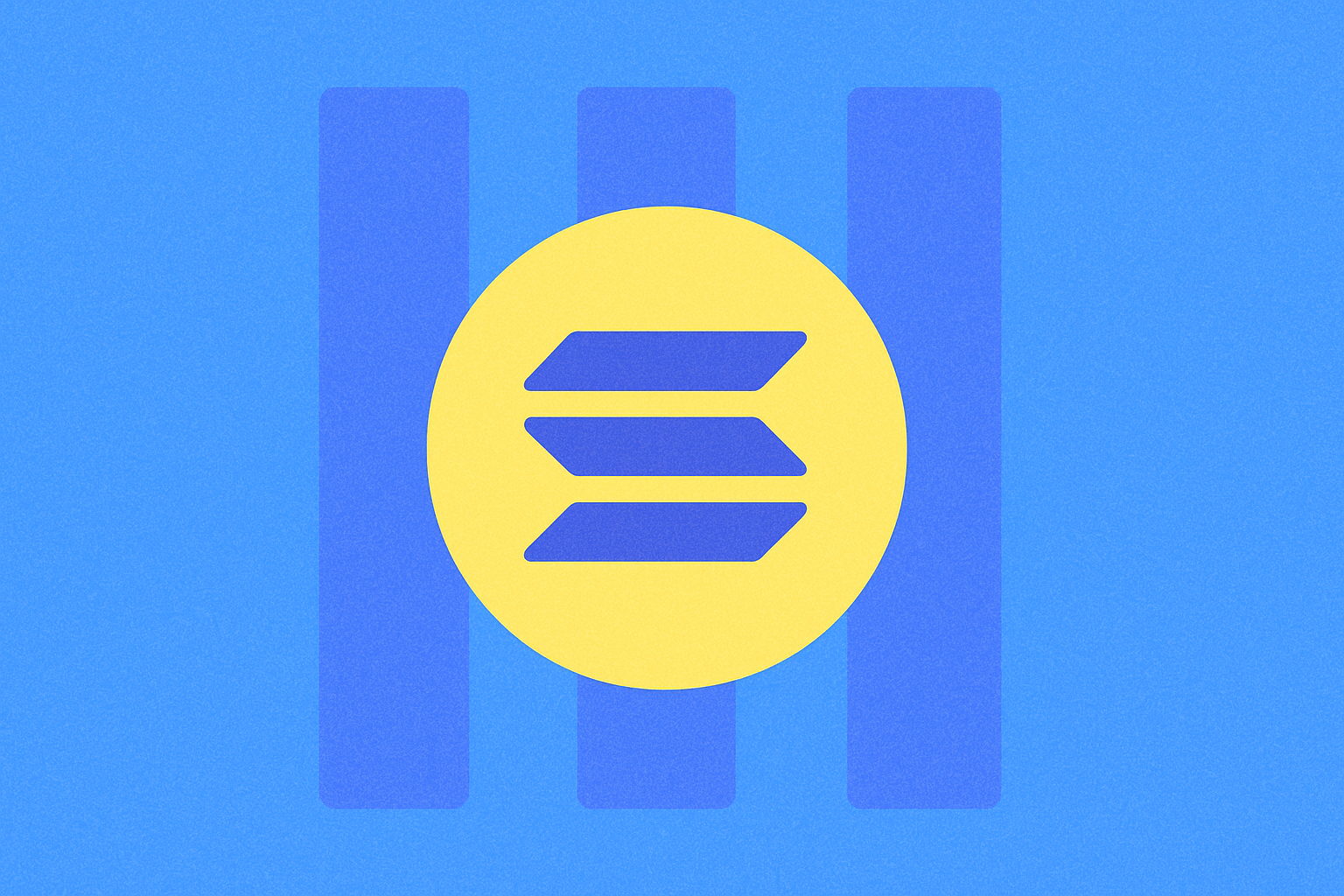solanavm

Solana Virtual Machine (SVM) is the core execution environment of the Solana blockchain, designed specifically for the development and deployment of high-performance smart contracts. As a fundamental component of the Solana ecosystem, SVM enables developers to build scalable decentralized applications (DApps) while maintaining extremely low transaction fees and high throughput. Compared to other blockchain virtual machines, SVM is distinguished by its unique parallel transaction processing capabilities and performance-optimized design, features that allow the Solana network to handle thousands of transactions per second, far exceeding most traditional blockchain platforms.
Background: The Origin of Solana Virtual Machine
The Solana Virtual Machine was born from Solana blockchain's pursuit of high performance and scalability. The Solana project was founded by Anatoly Yakovenko in 2017, aiming to solve the throughput limitations and high transaction fees that blockchain technology faced at the time.
SVM adopted an innovative architectural approach from its inception. Unlike the Ethereum Virtual Machine (EVM), SVM considered the possibility of parallel processing from the beginning, thanks to Solana's original timestamp system (Proof of History) and transaction processing architecture.
The Solana Virtual Machine supports multiple programming languages for smart contract development, primarily including Rust, C, and C++. The adoption of the Rust language, in particular, provides developers with advantages in memory safety and high performance while maintaining code reliability and security, which is an important differentiating feature of SVM compared to other blockchain virtual machines.
Work Mechanism: How the Solana Virtual Machine Functions
The operation of the Solana Virtual Machine is based on several key technical components and design principles:
-
Parallel Transaction Processing: The most notable feature of SVM is its support for parallel execution of transactions. Through Sealevel (Solana's runtime system), SVM can process multiple non-interfering transactions simultaneously, greatly improving processing efficiency.
-
Program Deployment Model: In Solana, smart contracts are called "programs." Developers deploy compiled programs to specific accounts on the blockchain, which are marked as "executable."
-
Account Model: SVM uses an account-based model (rather than Ethereum's UTXO-based model). All state data is stored in accounts, and programs modify state by reading and writing to these accounts.
-
Pre-compiled Programs: SVM includes multiple system programs, such as the token program (SPL Token) and name service (SNS), which provide basic functionality and simplify the development process.
-
Resource Billing: SVM adopts a resource rental model, rather than Ethereum's Gas fee model. Users pay rent for storage and computation, keeping transaction fees extremely low.
The execution flow of SVM typically includes: transaction validation, program loading, instruction execution, and state updates. The entire process is optimized to minimize latency and resource consumption.
Risks and Challenges of Solana Virtual Machine
While the Solana Virtual Machine offers excellent performance, it also faces several significant challenges and risks:
-
Technical Complexity: SVM's high-performance design increases system complexity, requiring developers to have a deeper understanding to effectively utilize its features, especially the parallel execution model that requires developers to explicitly handle potential data conflicts.
-
Network Stability Issues: The Solana network has experienced congestion and outages multiple times, partly attributed to the pressure from its high-throughput design, directly affecting the reliability and user experience of SVM.
-
Centralization Concerns: Running Solana validator nodes requires high-performance hardware, which may lead to network validators being concentrated among entities with powerful computing resources, potentially affecting the degree of decentralization.
-
Security Vulnerabilities: As a relatively new technology, smart contracts on SVM may contain undiscovered vulnerabilities. Several major hacking incidents in the Solana ecosystem in recent years highlight ongoing security challenges.
-
Pace of Technical Updates: The Solana ecosystem is evolving rapidly, requiring developers to constantly adapt to new changes and updates, increasing maintenance costs and learning curves.
Despite these challenges, the Solana team continues to make technical improvements and network optimizations to enhance the stability, security, and performance of SVM.
The Solana Virtual Machine represents a significant advancement in blockchain technology in terms of performance and scalability. Through innovative parallel processing design and efficient resource management, SVM provides powerful infrastructure support for decentralized application development. As the Solana ecosystem continues to grow and technology continues to optimize, SVM is poised to play an increasingly important role in DeFi, NFTs, gaming, and other blockchain application areas, while also facing ongoing challenges in security, stability, and decentralization. As part of the evolution of blockchain technology, the development of SVM will continue to influence the entire industry's exploration and practice of high-performance smart contract platforms.
Share
Related Articles

Blockchain Profitability & Issuance - Does It Matter?

How To Claim The Jupiter Airdrop: A Step-By-Step Guide
